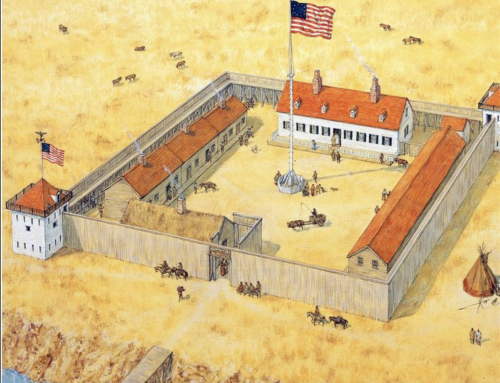اول متن را بدون کمک بخوانید و پاسخ سوالات را در دفترتان یادداشت کنید. در این مرحله نباید از خارج از متن اطلاعات کمکی بگیرید. مثلاً نباید از دیکشنری استفاده کنید. نیابد از کسی مثل معلم یا دوست کمک بگیرید. و خلی مهم است که به ذهنتان اجازه ندهید بر اساس «حدس» های بدون دلیل و متکی به شباهت ظاهری کلمات را بفهمد.
در مرحله بعد می توانید فایل صوتی را گوش بدهید و متن را نگاه کنید. این کار باعث می شود آهنگ کلام را بشنوید و بنابراین بهتر می فهمید تکیه های جملات کجاست و دستور زبان چگونه صحبتهای نویسنده را به هم متصل کرده. حالا برای بار دوم جواب سوالات را در دفتر بنویسید. آیا تغییری نسبت به قبل داشت؟
در مرحله آخر، ویدیوهای مربوط به متن را تماشا کنید. این محتوا شامل توضیحات کامل معنی و مفهوم متن است. بعد از تماشا، برای مرتبه آخر به سراغ سوالات بروید و جوابهای جدیدتان را در دفتر یادداشت کنید.
حالا شما سه بار به هر سوال پاسخ داده اید.
اگر دوست دارید خیلی به همه مهارتهای زبان بیشتر مسلط شوید، مجدداً سراغ فایل صوتی بروید. بعد از هر عبارت یا جمله، مکثی بدهید و با صدای خودتان آن قسمت را از روی متن بخوانید. بعد ادامه دهید. روخوانی، و روانخوانی از مهمترین تمرینهایی است که می تواند به ارتقای جدی زبان شما کمک کند.
فقط توجه کنید که لهجه مصنوعی نگیرید. اگر با صدای عادی خودتان بخوانید، به مرور تلفظ و بیانی شبیه انگلیسی زبانها پیدا خواهید کرد.
- What does the passage mainly discuss?
(A) The location of fossils in North America
(B) The composition of fossils
(C) Determining the size and weight of fossils
(D) Procedures for analyzing fossils
- The word “counterpart” in line 2 is closest in meaning to
(A) species
(B) version
(C) change
(D) materia
- Why is fossilized bone heavier than ordinary bone?
(A) Bone tissue solidifies with age.
(B) The marrow cavity gradually fills with water
(C) The organic materials turn to stone
(D) Spaces within the bone fill with minerals.
- The word “pores” in line 7 is closest in meaning to:
(A) joints
(B) tissues
(C) lines
(D) holes
- What can be inferred about a fossil with a high degree of mineralization?
(A) It was exposed to large amounts of mineral-laden water throughouttime.
(B) Mineralization was complete within one year of the animal’s death.
(C) Many colorful crystals can be found in such a fossil.
(D) It was discovered in western Canada.
- Which of the following factors is most important in determining the extent of mineralization in fossil bones?
(A) The age of fossil
(B) Environmental conditions
(C) The location of the bone in the animal’s body.
(D) The type of animal the bone came from
- Why does the author compare fossils found in western Canada to those found in Florida?
(A) To prove that a fossil’s age cannot be determined by the amount of mineralization.
(B) To discuss the large quantity of fossils found in both places
(C) To suggest that fossils found in both places were the same age.
(D) To explain why scientists are especially interested in Canadian fossils
- The word “it” in line 24 refers to
(A) hydroxyapatite
(B) microscopic structure
(C) crystal structure
(D) modern bone
- The word “detectable” in line 26 is closest in meaning to
(A) sizable
(B) active
(C) moist
(D) apparent
- Which of the following does NOT survive in fossils?
(A) Noncollagen proteins
(B) Hydroxyapatite
(C) Collagen
(D) Amino acid
Passage A3 – Part 1 – Translated and Explained in Farsi
Passage A3 – Part 2 – Translated and Explained in Farsi
Passage A3 – Part 3 – Translated and Explained in Farsi



Leave A Comment